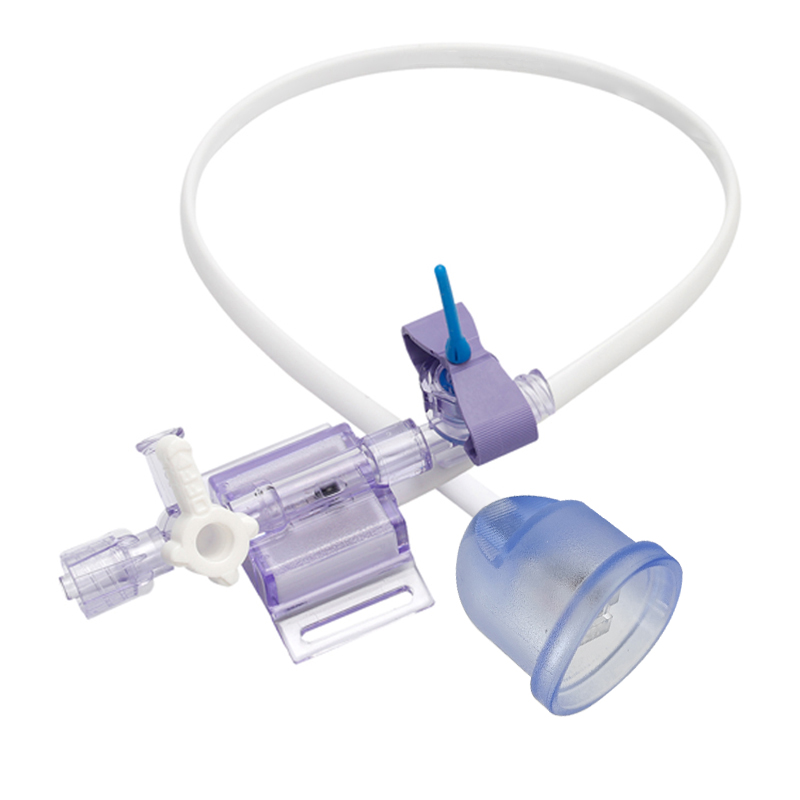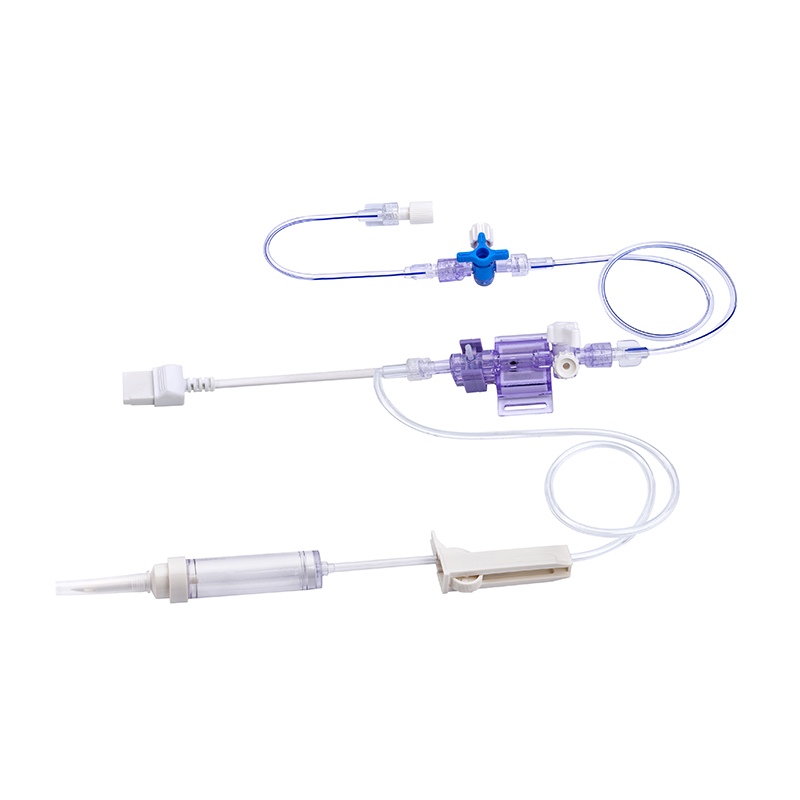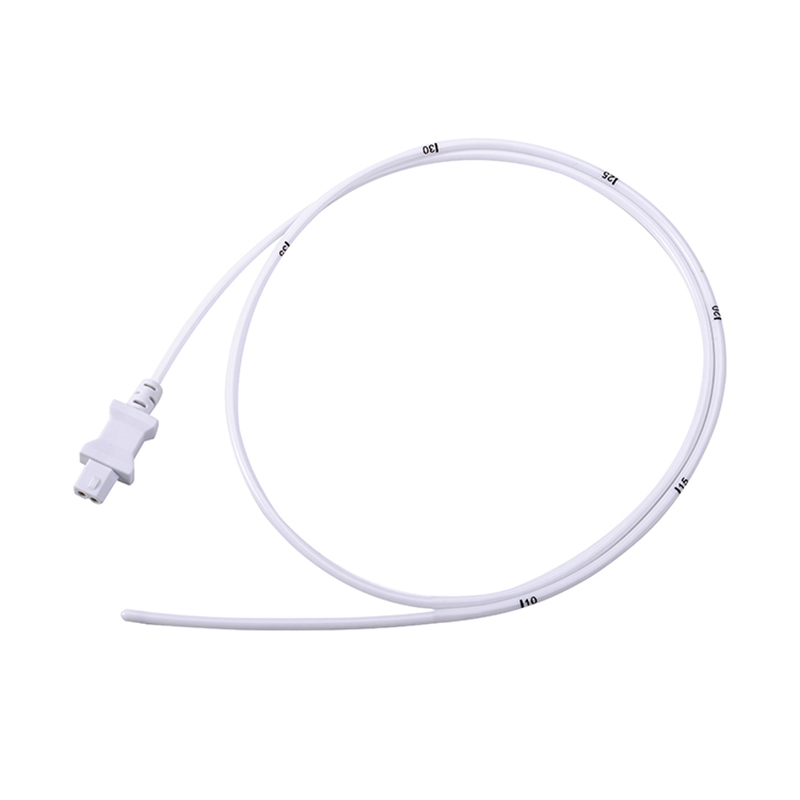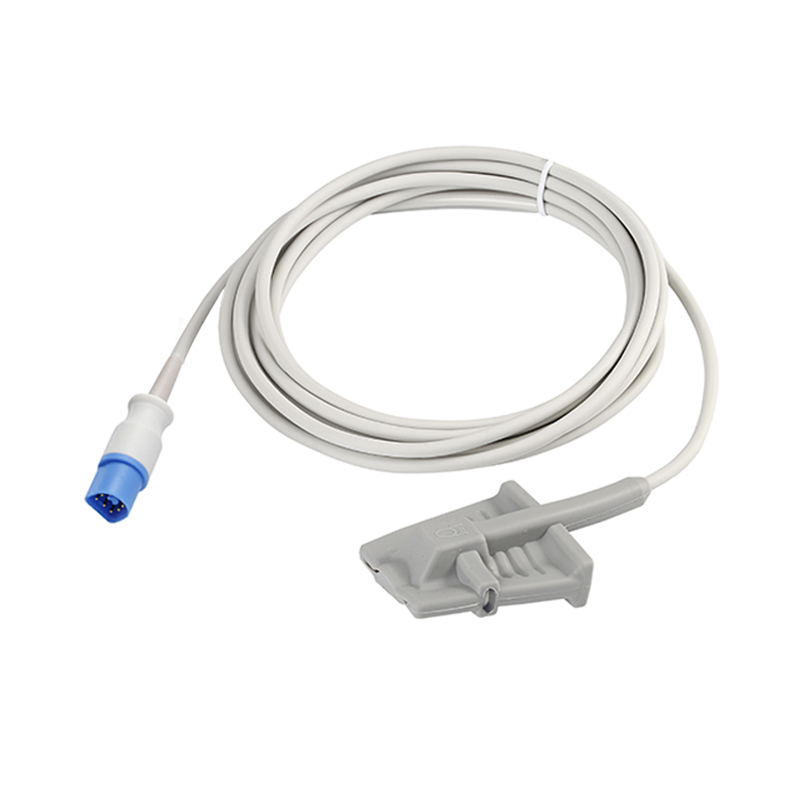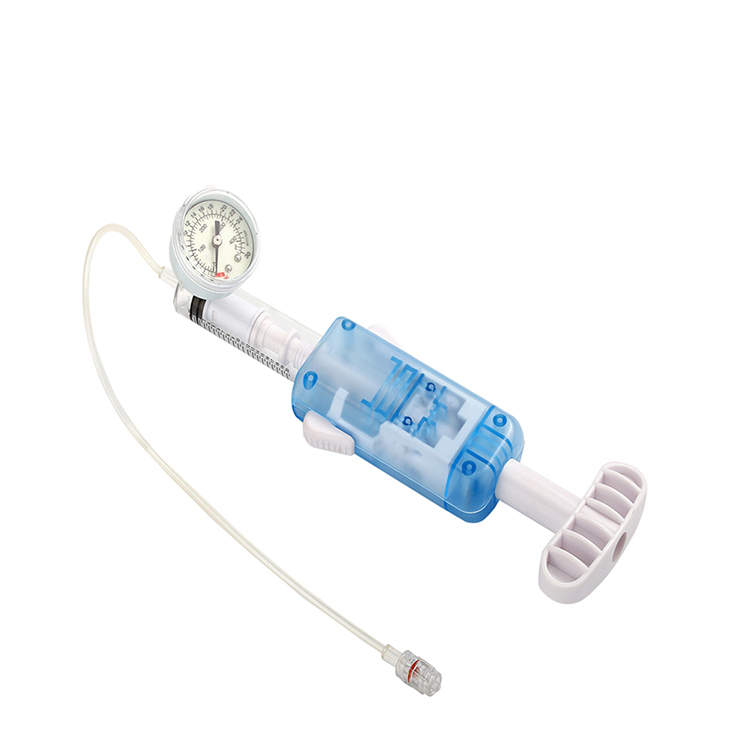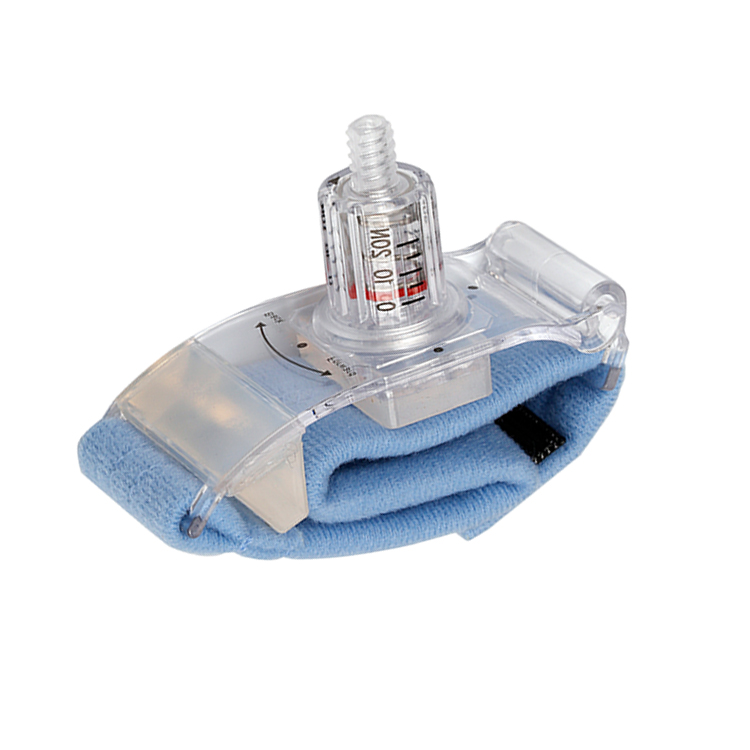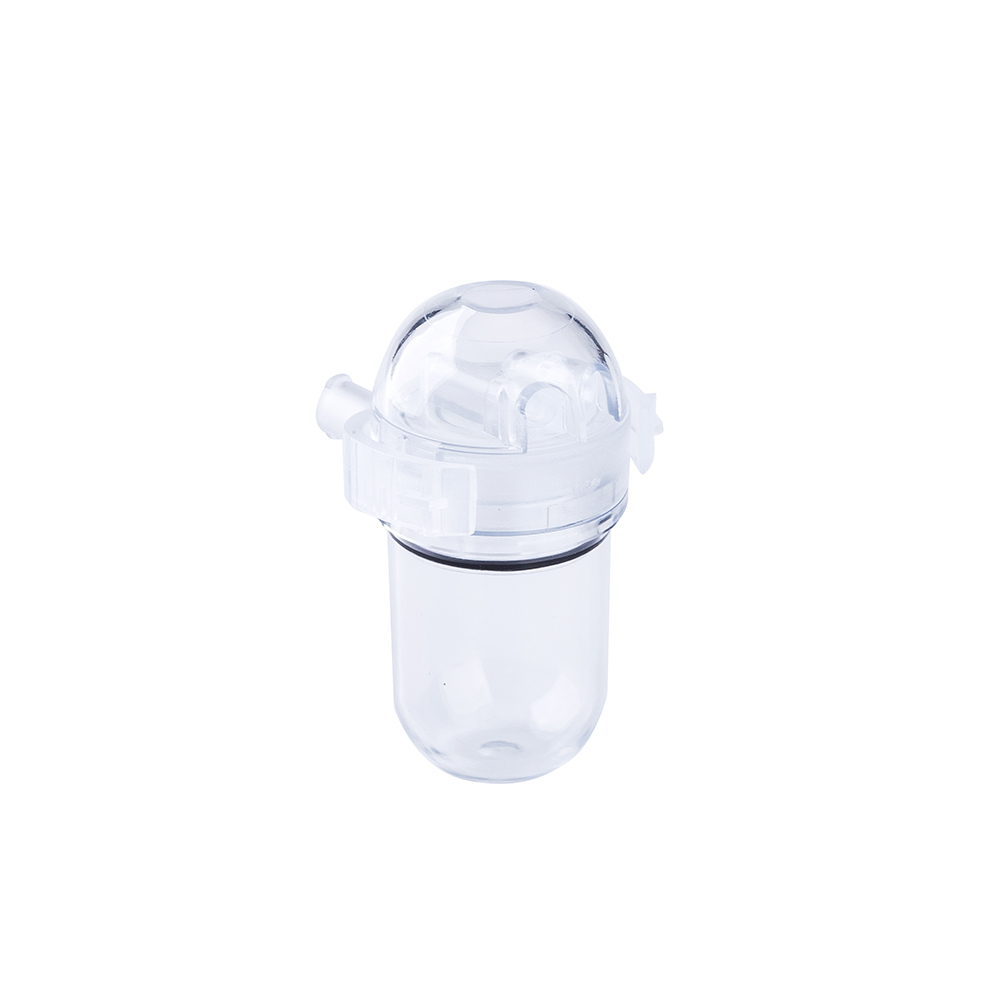Blood pressure Argon ibp transducer for cardiology
PRODUCT INTRODUCTION
IBP transducer is Class III medical devices to dynamically and continuously detect pressure changes in different parts of the body, such as changes in arterial pressure, central venous pressure, pulmonary arterial pressure, left and right atrial or ventricular pressure. It is very useful for blood transfusion and treatment guidance for critically ill patients. It is a medical device commonly used in ICU wards, operating rooms, anesthesiology, etc. It is a single-use product and can be used with various kinds of invasive blood pressure sensing devices.



We have 9 different connectors
| Place of origin: | Guangdong, China |
| Model number: | JIBPT-03-MD |
| Disinfecting Type: | EO STERILE |
| Quality Certification: | CE |
| Safety standard: | ISO13485 |
| Instrument: | Class III in China |
| Material: | PVC、PP |
Attention
The CDC (U.S. Centers for Disease Control and Prevention) made the following recommendations on the use of pressure sensors in the 2017 Intravascular Catheter Anti-infective Guidelines:
● Use disposable rather than reusable sensor components whenever possible.
● Disposable or reusable sensors were replaced every 96 hours. When replacing the sensor, replace other parts of the system (including tubing, continuous flush devices, and flushing solutions).
● Minimizing the number of operations on the pressure monitoring system and its ports. Use a closed flush system (i.e., continuous flush) rather than an open flush system (i.e., use a syringe and stopcock) to maintain patency of the pressure monitoring system.
● Do not infuse glucose-containing solutions or parenteral nutrition solutions through the pressure monitoring system.
● Routine systemic prophylactic use of antimicrobial agents in order to prevent bacterial infections is not advocated.

